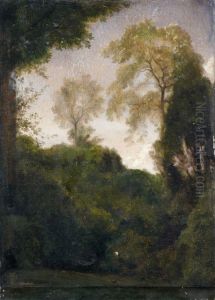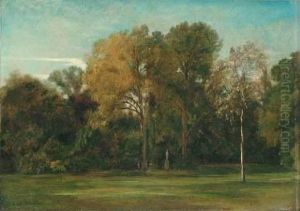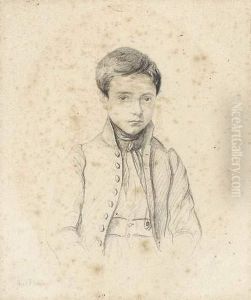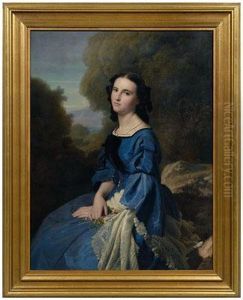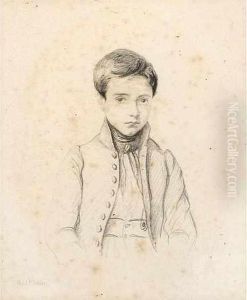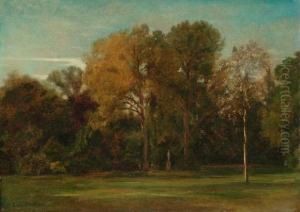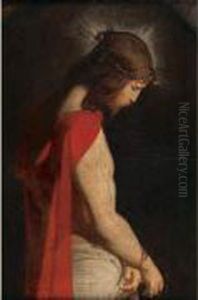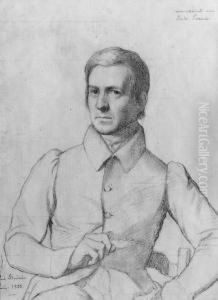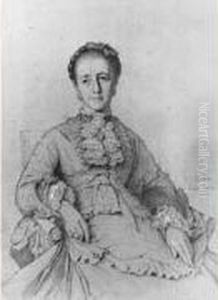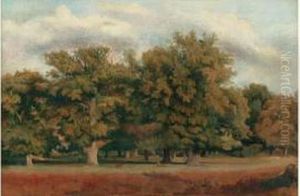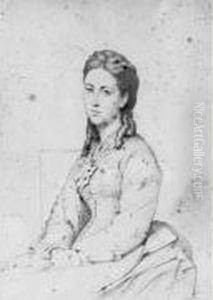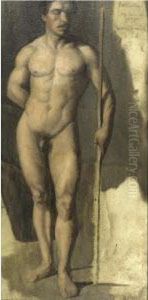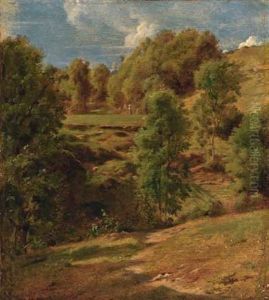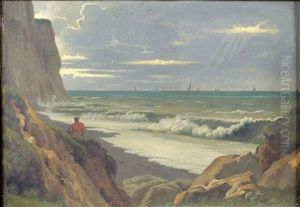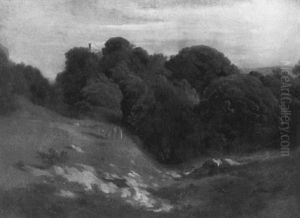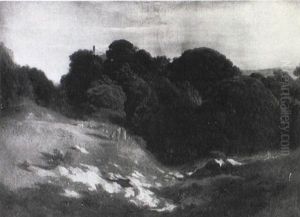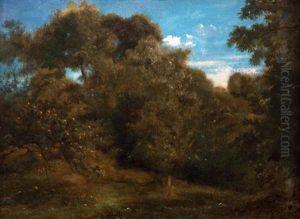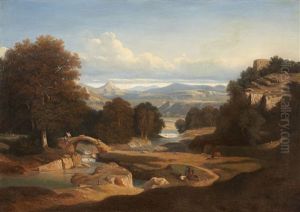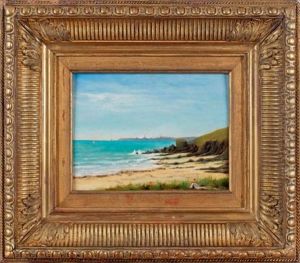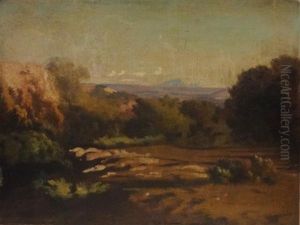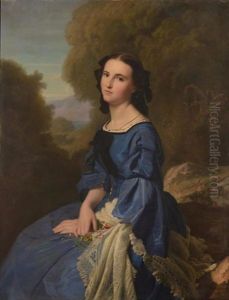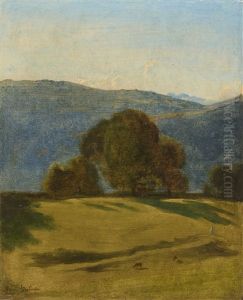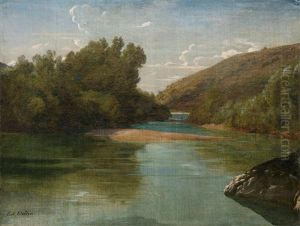Paul Jean Flandrin Paintings
Paul Jean Flandrin, a lesser-known figure in the realm of French painting, was born in 1811 in Lyon, France. He was the younger brother of Hippolyte Flandrin, a well-regarded painter who achieved significant success during his lifetime. Unlike his brother, Paul Jean's work did not receive the same level of widespread recognition, yet he contributed to the art world with his own unique style and dedication.
Paul Jean Flandrin trained under his brother Hippolyte and the famous French painter Jean-Auguste-Dominique Ingres. Ingres' influence is evident in Paul Jean's work, particularly in his attention to line and form. He also studied at the École des Beaux-Arts in Paris, which was the premier art institution in France at the time.
Throughout his career, Paul Jean Flandrin focused primarily on religious and historical subjects, which was a common theme for artists during the 19th century. He painted frescoes in several churches, including Saint Germain des Prés in Paris and the church of St. Vincent de Paul. His works are characterized by their serene and harmonious qualities, with a subtle use of color and careful composition.
Despite his skill and contributions, Paul Jean Flandrin did not achieve the same level of fame as his brother Hippolyte. Nevertheless, he was a respected artist among his peers and continued to work and teach throughout his life. He was known as a humble and deeply religious man, which is reflected in the spiritual nature of his paintings.
Paul Jean Flandrin passed away in 1902. His works may not be as well-known as those of other artists from the same period, but they represent a quiet and devout approach to painting during a time of great artistic innovation and expression in France. Today, his paintings can be found in various churches and in the collections of art aficionados who appreciate the meditative quality of his art.

